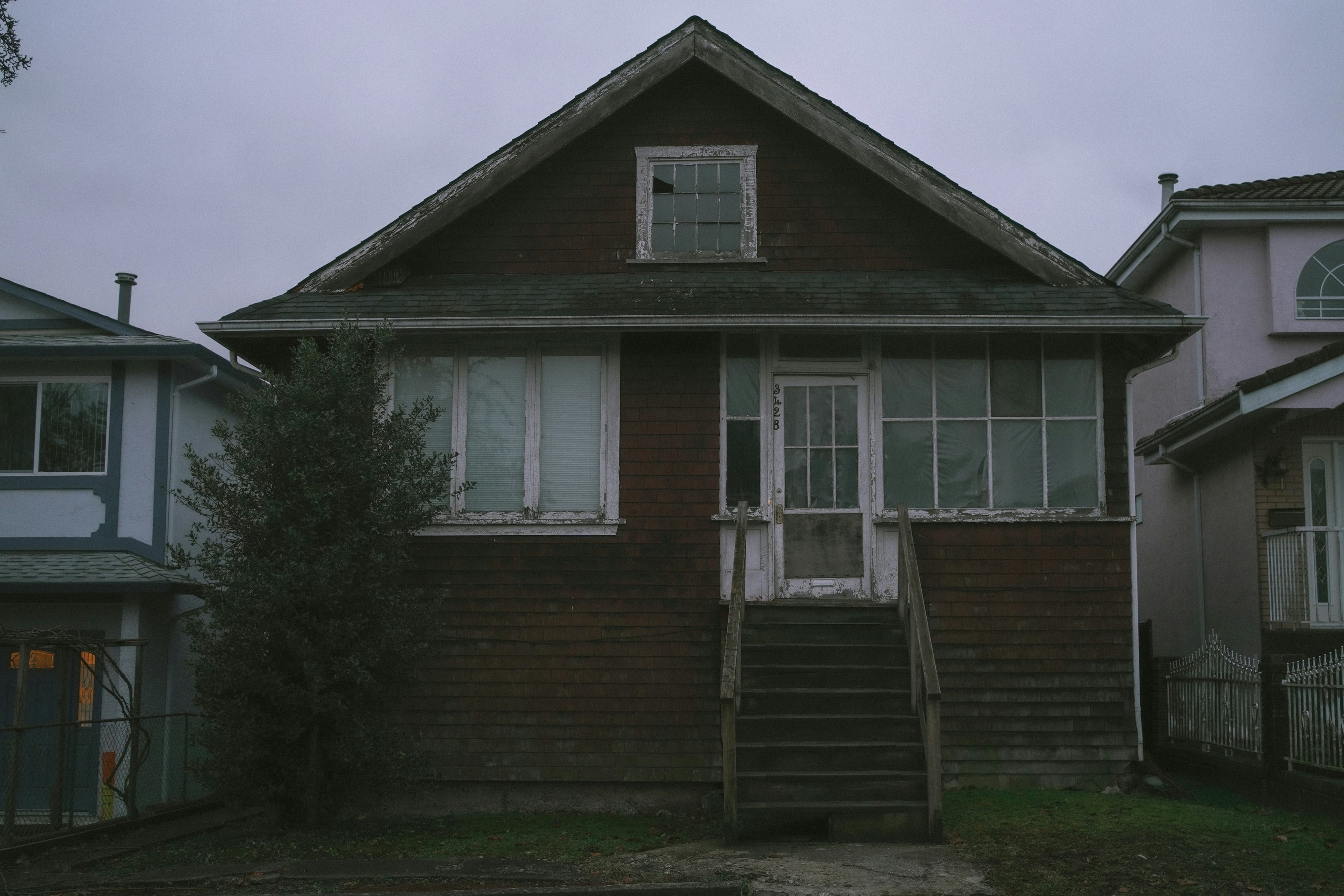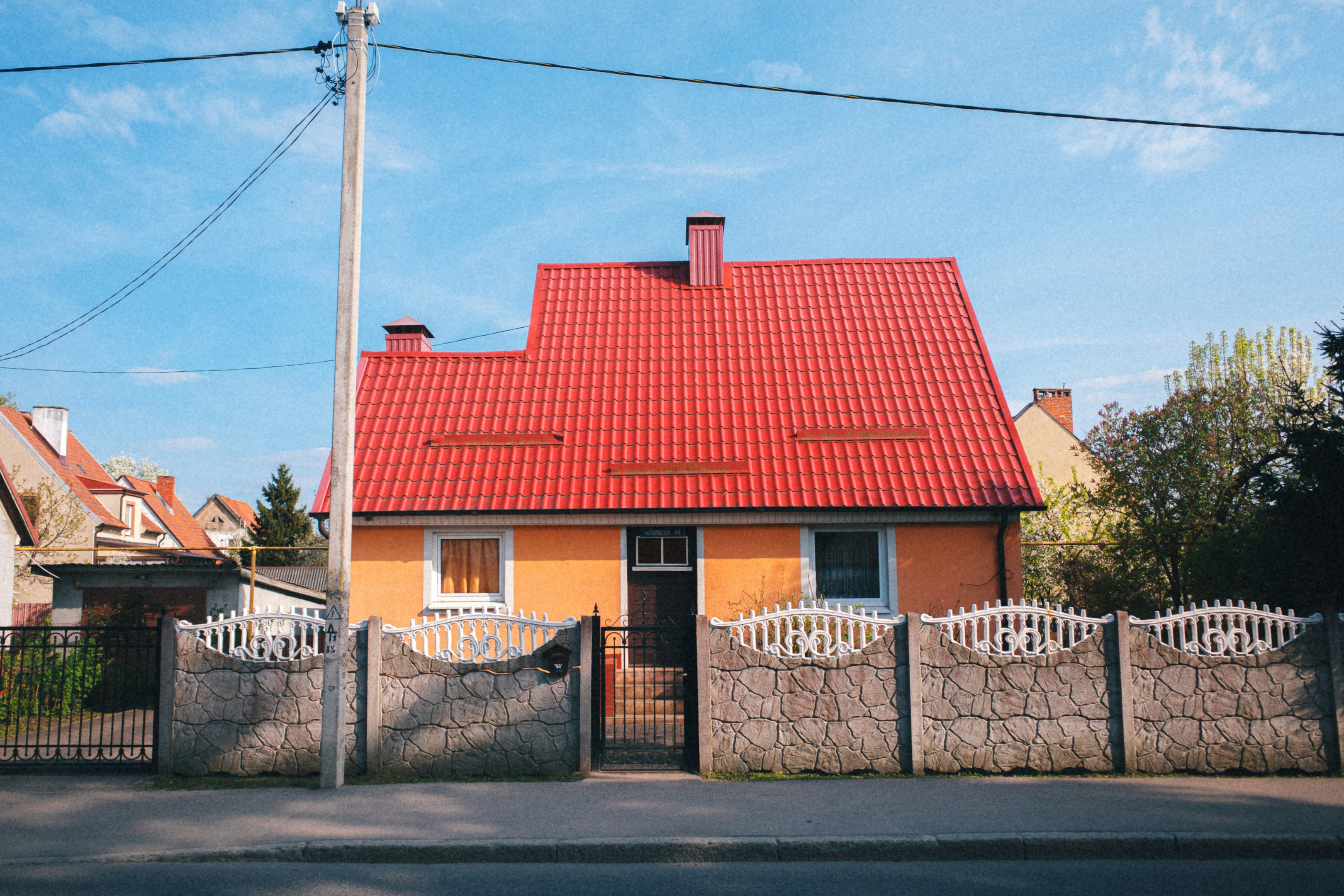Evaluating Vacant Homes for Flip Potential: A Comprehensive Guide
Introduction
Vacant homes are often overlooked, but for savvy real estate investors, they represent hidden opportunities waiting to be transformed into profit. These properties typically suffer from neglect, absentee ownership, or simple disinterest, which can mean more work but also less competition and motivated sellers eager to offload the property. Evaluating vacant homes for flip potential is a big deal for investors, requiring thorough analysis to ensure a smart investment. If you've ever driven past an abandoned-looking house and wondered if it could become your next big flip, this guide is for you, breaking down everything you need to know to avoid money pits and focus on properties that deliver strong returns.

Why Vacant Homes Are Gold Mines for Investors
Vacant homes don't just sit empty—they cost their owners money in taxes, insurance, and sometimes fines, which often motivates owners to sell quickly and below market value, giving investors leverage. Additionally, absentee owners typically have less emotional attachment to the property compared to long-term family owners, making them more interested in convenience than nostalgia, which allows room for better negotiation terms. By carefully evaluating factors such as appreciation potential, repair costs, and possible rental income, vacant homes can represent a good investment opportunity for both flipping and holding strategies.
Understanding the Market for Vacant Homes
Before diving into property specifics, you need to understand the bigger picture.
Growing housing demand – With more people competing for fewer homes, renovated vacant properties can sell fast.
Urban revitalization – Many cities encourage flipping vacant homes to combat blight and attract new residents.
Owner motivation – Inherited homes, relocation, or financial strain often push owners toward quick sales.
Reviewing first quarter market data can provide valuable insights into trends affecting vacant home flips. Recognizing these factors will help you focus on markets where vacant homes can become profitable flips.
Finding Distressed and Vacant Properties
Locating the right distressed and vacant properties is a crucial step in successful real estate flipping. Investors use various tools to uncover these hidden gems, including online listings specializing in foreclosures, short sales, and abandoned homes. Driving through neighborhoods—often called "driving for dollars"—can be a treasure trove for spotting overgrown yards, boarded-up windows, and other signs of neglect indicating vacancy. Networking remains a valuable resource, as connecting with other investors and real estate agents may provide leads on potential properties before they hit the market. Public records such as county tax rolls and code violation lists can also reveal properties with unpaid taxes or flagged for abandonment, highlighting homes ripe for a flip at a lower purchase price. When evaluating these properties, consider local market conditions, zoning laws, and the potential to add significant value through renovations. By targeting the right properties and understanding the market, house flippers can buy low, make strategic improvements, and sell at a higher price for maximum profit. To learn more about distressed properties, see The Ultimate Guide to Working Distressed Property Leads in 2025.

Key Signs a Vacant Home Has Flip Potential
Not every vacant home is a deal. Look for these signs:
Strong location – Proximity to schools, shopping, and jobs.
Neighborhood stability – A mix of well-maintained homes and rising values.
Low inventory – If similar homes are selling quickly due to high demand, that's a positive indicator.
Comparable rental demand – A backup strategy in case the flip takes longer to sell.
Digging Into the Neighborhood
The house might look like a bargain, but the neighborhood can make or break your flip.
Check historical sales and research comparable homes – Analyze recent sales of comparable homes in the area to assess property values and determine if the neighborhood has shown consistent appreciation.
Research crime stats – Buyers hesitate to purchase in unsafe areas.
Identify planned developments – New businesses, schools, or transit lines can boost property values.
Think of this as evaluating the "soil" before planting a seed. Even a beautiful home won't sell if the neighborhood turns buyers away. For tips on finding areas good for real estate investment, see Experts Reveal the Best Place to Buy Investment Property for Maximum ROI.
Analyzing Property Condition
Vacant homes often suffer from neglect. Common warning signs include:
Roof leaks or sagging structures
Cracked foundations or uneven floors
Structural issues such as compromised beams or load-bearing walls
Broken windows or signs of vandalism
Mold, pests, or water damage
On the other hand, cosmetic issues like peeling paint, outdated kitchens, or old carpet are opportunities. Buyers love "move-in ready," and these repairs provide a high return on investment.
Creating a Rehab Plan
A well-crafted rehab plan is the backbone of any successful flip property. Real estate investors should begin with a thorough inspection to uncover hidden issues, such as foundation cracks, structural problems, or outdated systems, as identifying these necessary repairs early helps prevent costly surprises down the line. Once you've assessed the property, outline a detailed scope of work that prioritizes improvements with the greatest impact on resale value, focusing on updates that appeal to potential buyers like modern kitchens, refreshed bathrooms, and open living spaces. Include a realistic timeline and budget, factoring in both visible repairs and any hidden issues discovered during your inspection. Exploring financing options is also crucial at this stage; hard money loans can provide quick access to capital but come with higher interest rates and fees, so it's important to build a contingency fund into your rehab plan to cover unexpected costs that may arise during renovation. By planning ahead and staying organized, house flippers can keep their projects on track and maximize their return on investment. For more tips on learning about budgeting for rehab costs, see A Complete Guide to Estimate Rehab Costs for Flipping Successfully.
Estimating Repair and Renovation Costs
This step separates amateurs from professionals. Many new investors underestimate repairs, leading to slim or nonexistent profits.
Big-ticket repairs – Roofs, HVAC systems, plumbing, and electrical.
Medium costs – Kitchen and bathroom remodels.
Low costs with high ROI – Fresh paint, landscaping, updated fixtures.
Identifying each repair as a potential fix helps you prioritize renovations that will most increase the property's value.
Always bring a contractor for a walk-through. Their line-item estimates will give you a realistic view of expenses and timelines.

Calculating the After Repair Value (ARV)
The ARV is your best friend. It tells you what the property should sell for once it's fixed up. To calculate:
Analyze the property's comparable sales to estimate its after repair value.
Adjust for differences in square footage, condition, and upgrades.
Average out the numbers for a realistic ARV.
A mistake many investors make is overestimating ARV, which inflates expectations and leads to disappointment. Be conservative and let the numbers guide you.
The 70% Rule for Flipping Vacant Homes
One of the most widely used formulas in real estate investing is the 70% Rule:
Maximum Purchase Price = (ARV × 70%) – Repair Costs
This ensures you leave room for profit after renovations, financing costs, and unexpected expenses. For example:
ARV = $300,000
Repair Costs = $60,000
Max Purchase Price = ($300,000 × 70%) – $60,000 = $150,000
Stick to this rule to protect your margins. The 70% rule is a proven strategy for evaluating flip properties to ensure profitability.
Financing Vacant Homes
Vacant homes often don't qualify for traditional mortgages due to their condition, so investors usually turn to alternative financing options such as hard money loans, private lenders, or cash purchases. Hard money loans provide quick access to funds but come with higher interest rates and shorter terms, while private lenders offer flexible short-term financing when conventional loans aren't feasible. Cash purchases allow for faster transactions and stronger negotiating power. Selecting the right financing depends on the property's timeline and the investor's risk tolerance, and these methods are also commonly used for rental property investments. For more tips on securing financing for your house flip, see Creative Financing for Real Estate Investors: Top Tips to Save Money.
Carrying Costs That Eat Into Profits
Every day you hold the property, your costs add up:
Mortgage payments
Property taxes
Insurance (vacant properties often require special coverage)
Utilities
HOA fees or city fines
Factor these into your projections before making an offer. Many investors underestimate holding costs and see their profits shrink as a result.
Legal and Compliance Considerations
Vacant homes sometimes come with hidden legal headaches.
Title searches may reveal liens or unpaid taxes.
Vacancy ordinances may require registration with the city.
Zoning laws could prevent certain renovations or additions.
Always consult a real estate attorney before closing to ensure there are no surprises. Performing thorough due diligence—such as researching legal documents, verifying ownership, and checking compliance—can help you avoid costly issues.
Pre-Listing Preparation for Maximum Appeal
Before listing your flip property, focus on enhancing curb appeal with fresh landscaping, exterior paint, and updated lighting to create a strong first impression. Ensure all repairs are complete and the home is move-in ready through a thorough inspection. Staging the home and using high-quality photos and virtual tours help buyers visualize the space and attract a wider audience. Collaborate with a real estate agent to set a competitive price based on market conditions and comparable sales, maximizing interest and profit. Consider local rental income trends and buyer preferences to fine-tune your marketing strategy for the best results.

Selling the Property
When it's time to sell, work closely with your real estate agent to set a competitive price based on market value, repair value, and current trends. List the property on MLS and popular platforms to boost visibility, and host open houses to attract buyers. Be ready to negotiate repairs or price adjustments, know your bottom line, and understand all closing costs to accurately calculate your net profit. Monitor interest rates and market conditions, and use public records to provide transparency and build buyer trust. Staying flexible and informed helps house flippers navigate the selling process smoothly and maximize profits.
Maximizing Profit Potential
The best flips balance necessary repairs with improvements that deliver the highest ROI.
Kitchen remodels – Often provide 70–80% return.
Bathroom upgrades – Small changes like new vanities or fixtures add big value.
Curb appeal – First impressions matter. Landscaping, exterior paint, and lighting can seal the deal.
Pair these updates with professional staging and high-quality photos to attract buyers faster.
Making strategic investments in key upgrades can significantly boost your overall profit.
Post-Sale Evaluation: Learning from Each Flip
After closing the sale, review the entire flipping process by analyzing financials like purchase price, rehab costs, and final sale price to calculate net and gross profit. Reflect on successes and challenges such as hidden costs, zoning laws, or delays. This evaluation helps investors refine strategies, minimize risks, and maximize returns. Keep detailed records on market conditions, financing, and other factors to improve future flips. Continuously updating your knowledge and adapting to market changes will enhance decision-making and build a more profitable flipping business.
Common Mistakes Investors Make
Even experienced investors sometimes make costly mistakes when flipping vacant homes, such as overpaying due to emotional excitement, overlooking unexpected repair costs, ignoring neighborhood trends and resale potential, attempting complex DIY repairs instead of hiring professionals, and failing to anticipate challenges during evaluation. Avoiding these common pitfalls can save you thousands and significantly improve your chances of a successful flip.

Conclusion
Vacant homes can be risky, but with careful analysis of the neighborhood, repair estimates, ARV calculations, and adherence to the 70% Rule, they offer some of the best opportunities for profitable house flipping. Success comes from disciplined evaluation and letting the numbers guide your decisions, avoiding impulsive bad deals.